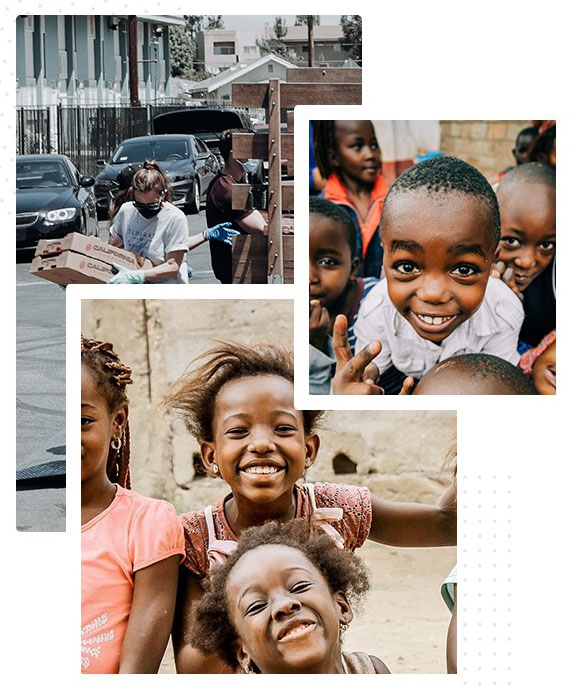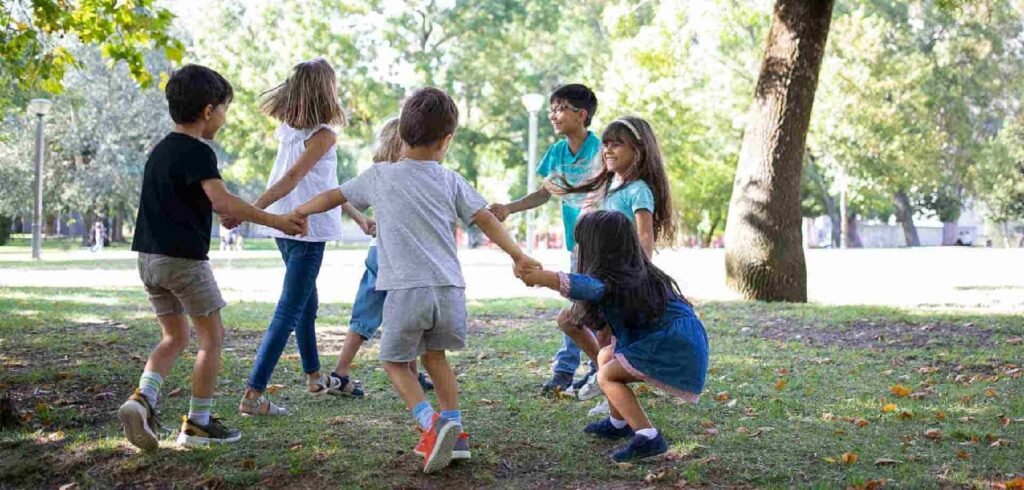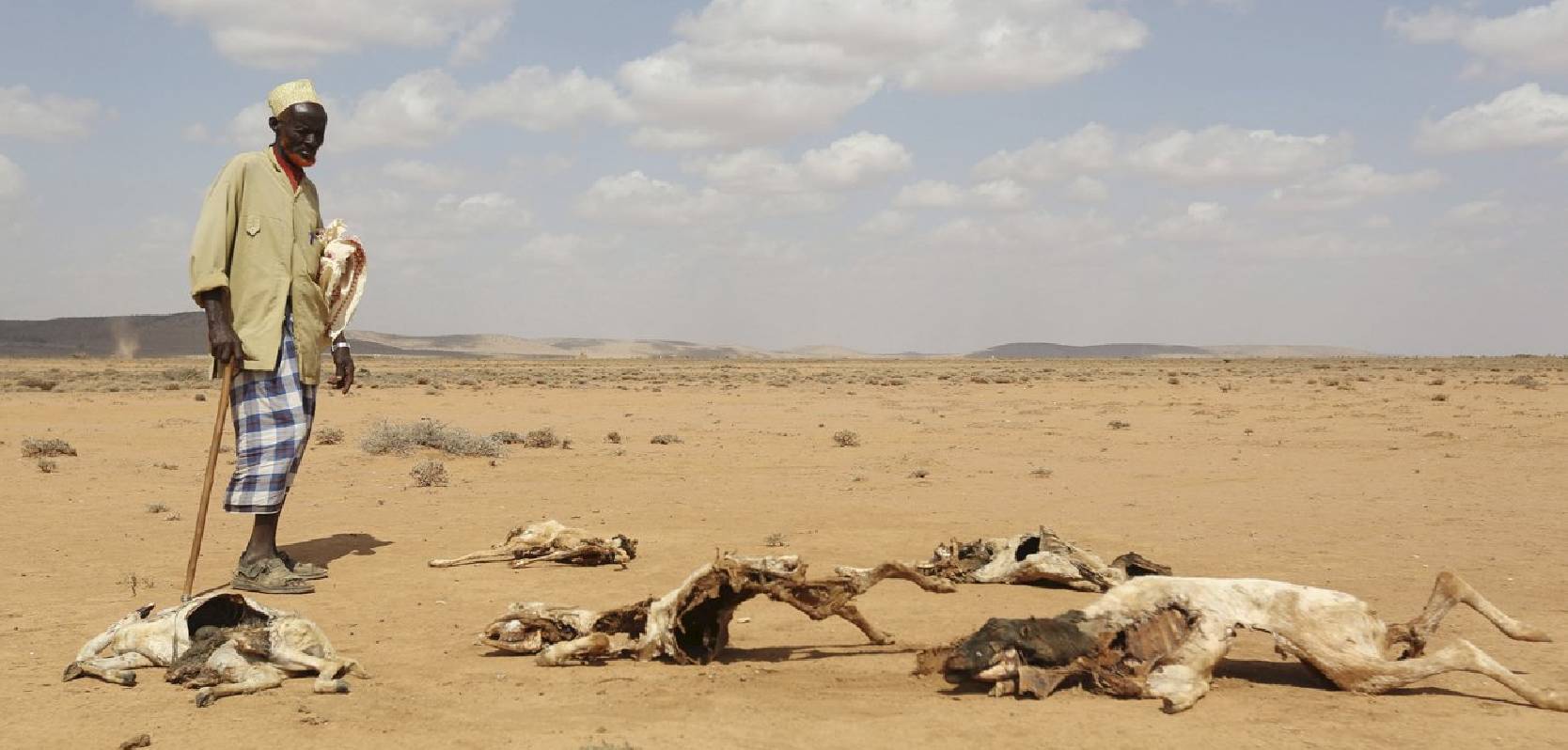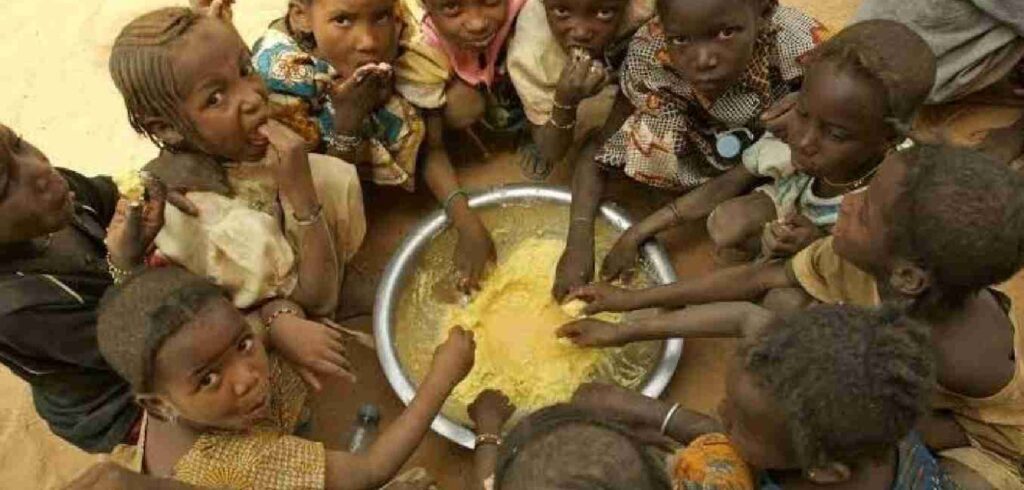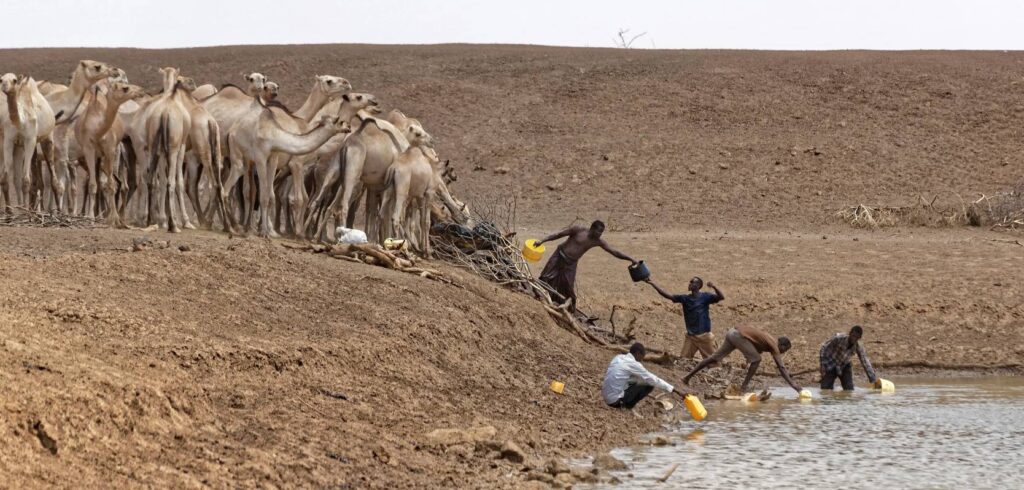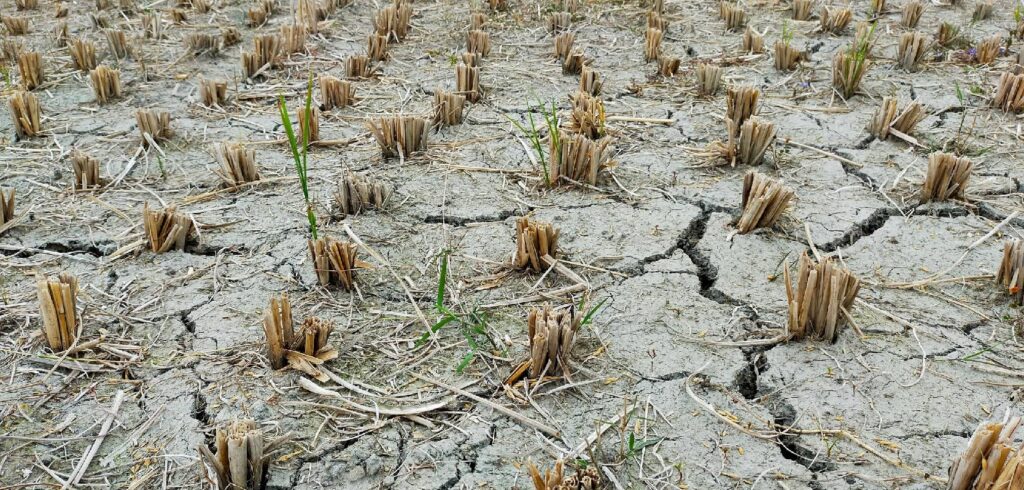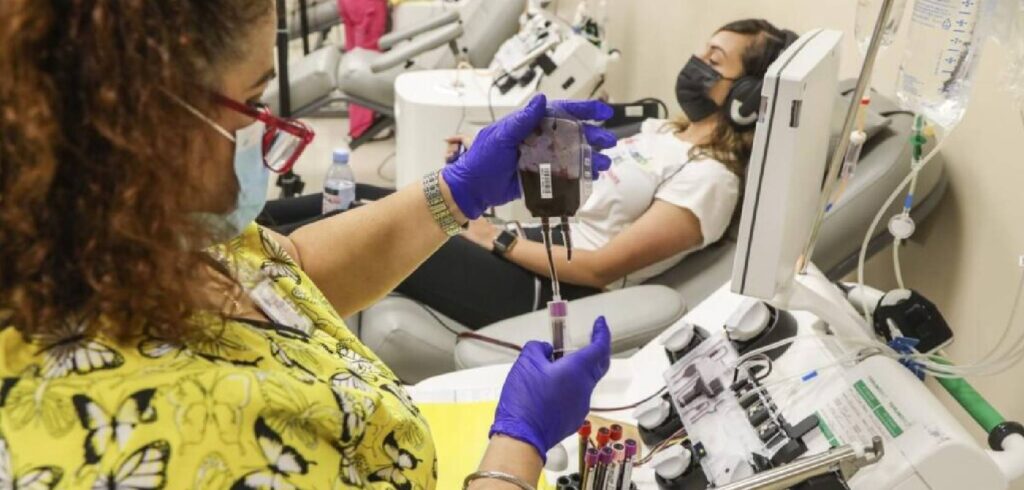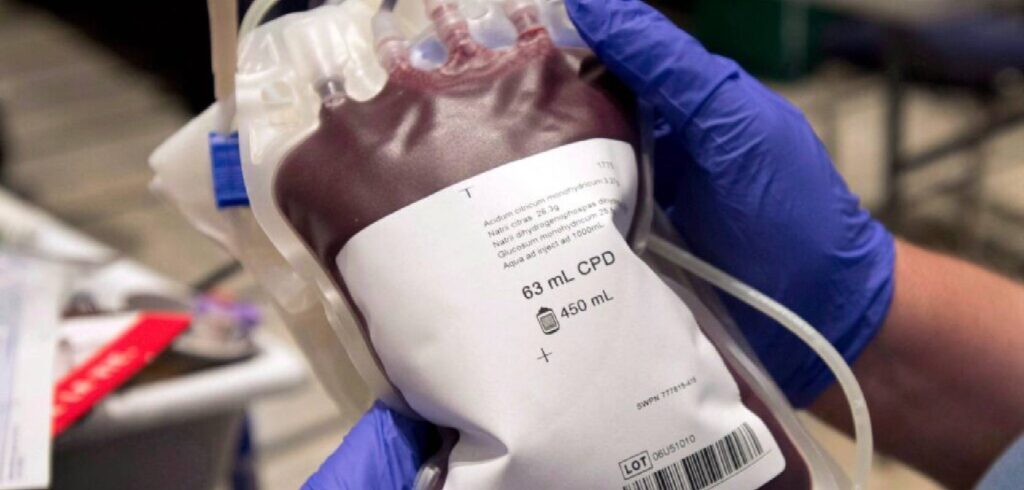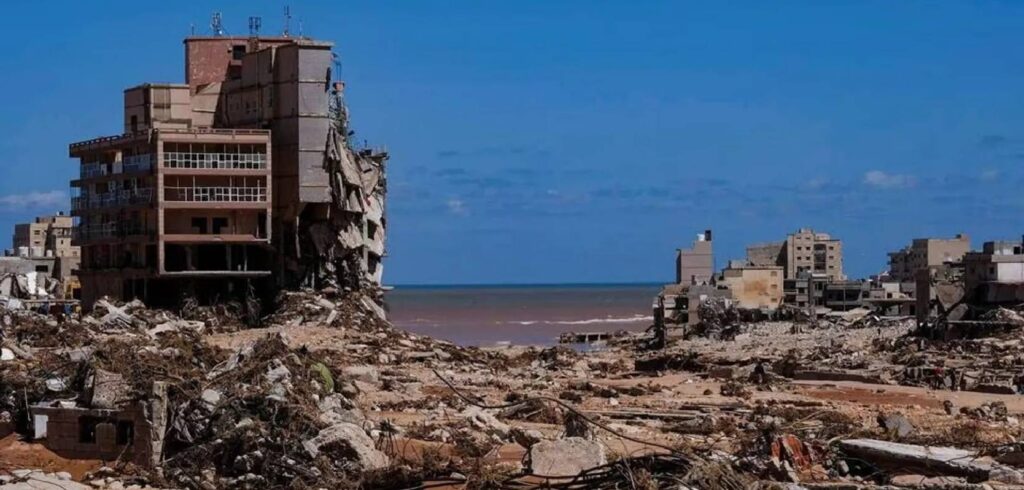
Natural disasters are part of events or events that we sometimes do not expect to come, natural disasters often bring sadness and destruction, but in the midst of this chaos, broad humanitarian actions often emerge from various groups and those who are touched to distribute aid. In this article I explore how disaster relief serves as a pillar of goodness and hope, helping those affected to recover and ultimately restore their lives in the future.
When a disaster strikes or comes, there will be destruction and challenges for the victim Opens the article by describing the uncertainty and loss experienced by disaster victims as they face natural disasters, from earthquakes to floods and hurricanes. as a feeling of sympathy and empathy for fellow humans. in case of emergency Quick Response is very important, Emergency Assistance Highlighting how important a rapid response is in providing emergency assistance. Humanitarian organizations and volunteers are working together to save lives and provide first aid to victims
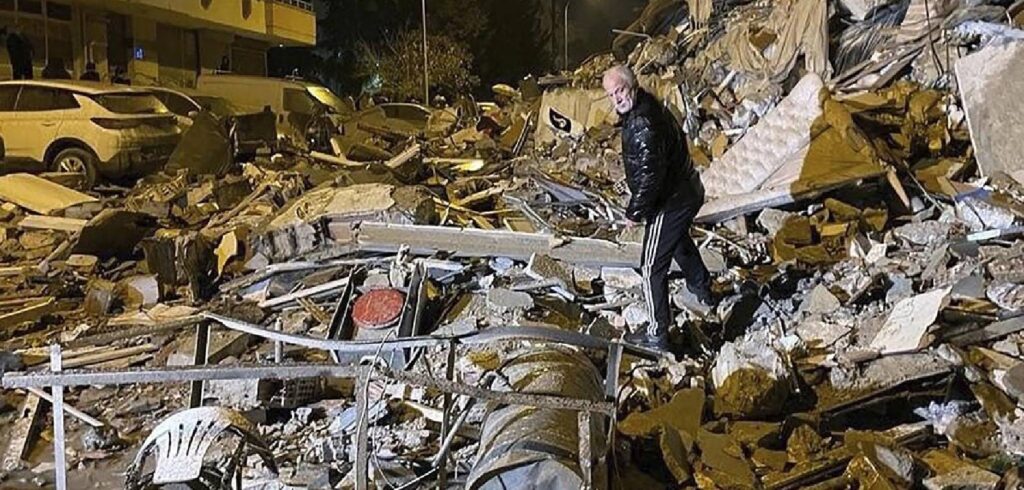
Medical and Health Assistance is an important part or first aid for victims of natural disasters, efforts to provide medical and health assistance, including trauma care, provision of medicines, and efforts to prevent diseases that can arise after a disaster become new problems when a natural disaster occurs, Regardless of what victims think is a disaster that will come after them, Shelter and Recovery is one solution for rebuilding their homes and lives Describe efforts to provide temporary housing and support the long-term recovery process. How disaster victims are helped to restore stability to their lives, Psychosocial and Emotional Support: Healing Mental Wounds Reviewing efforts to provide psychosocial and mental health support to disaster victims. The organization also helps them to overcome trauma and regain mental strength. Here the role of volunteers is very vital and they are often called Unsung Heroes Highlighting the extraordinary role of volunteers who appear as unsung heroes, assisting in the distribution of aid, caring for victims, and providing moral support in the midst of difficult situations is the capital of their patience in hearing the complaints of sadness from disaster victims. Collaboration and Solidarity: Together to Build Repeat Emphasizes the importance of collaboration between governments, humanitarian organizations and the general public. Solidarity is the key to overcoming disasters and restoring normality.
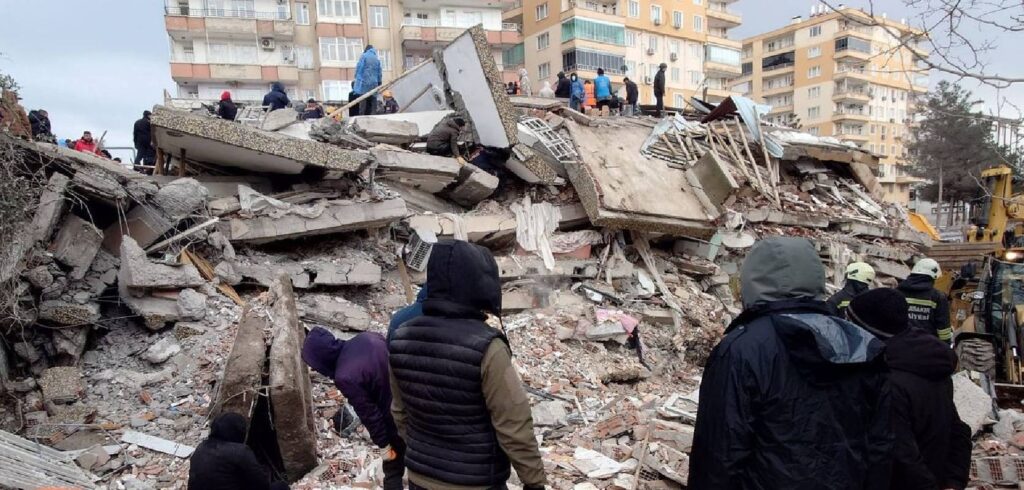
Lessons from Every Disaster Concludes the article by exploring how learning from each disaster can help build more resilient communities and better prepare for the future. thus Life After Disaster Invites readers to reflect on how disaster relief helps shape new life narratives for those who survive amidst the devastation, as well as inspire hope for a brighter future
